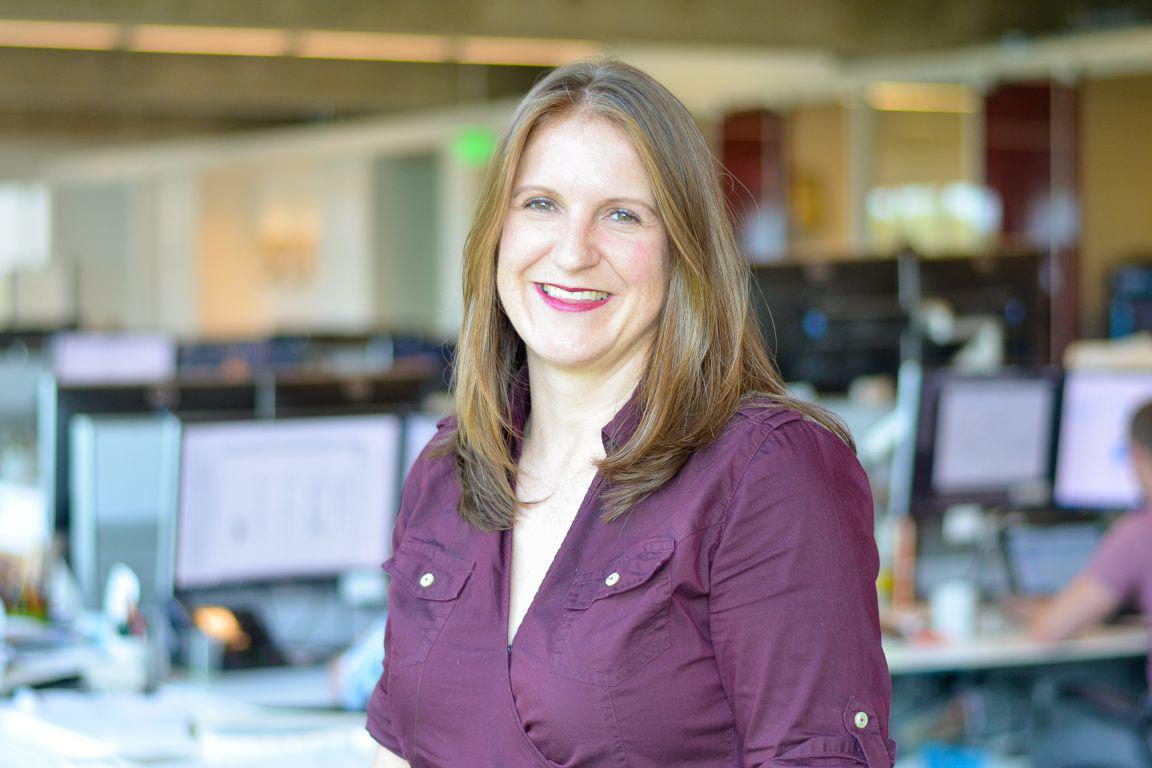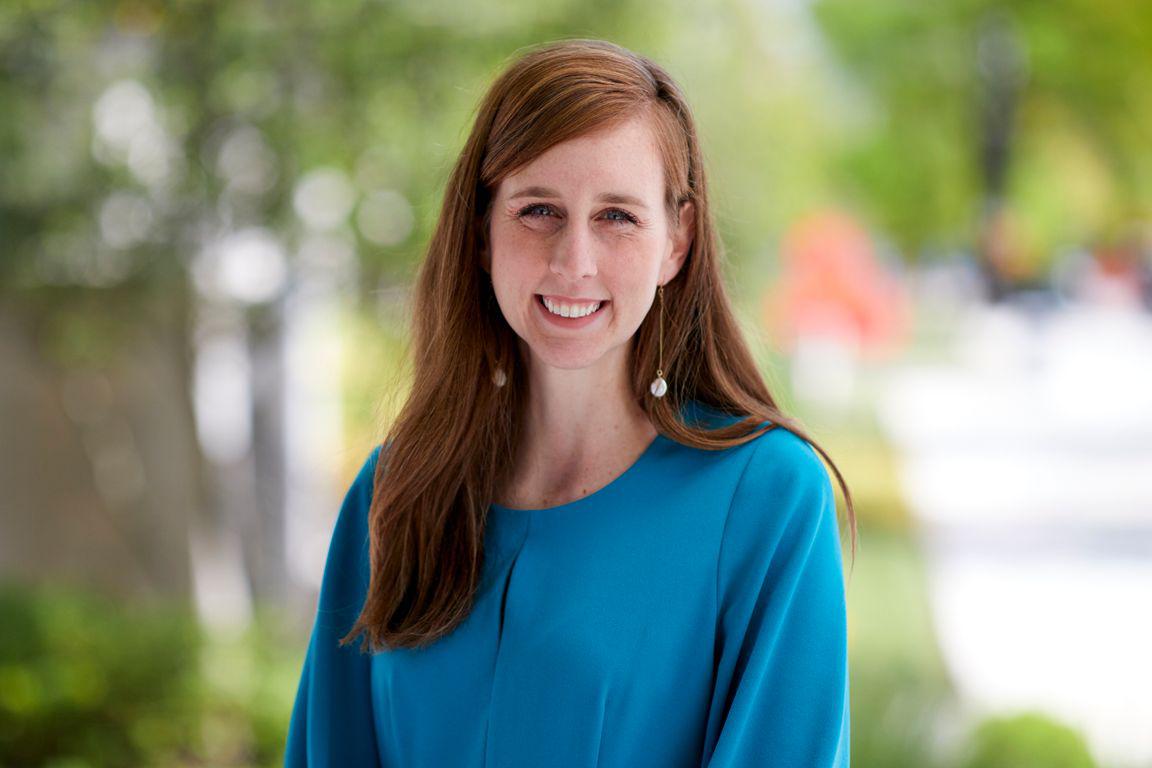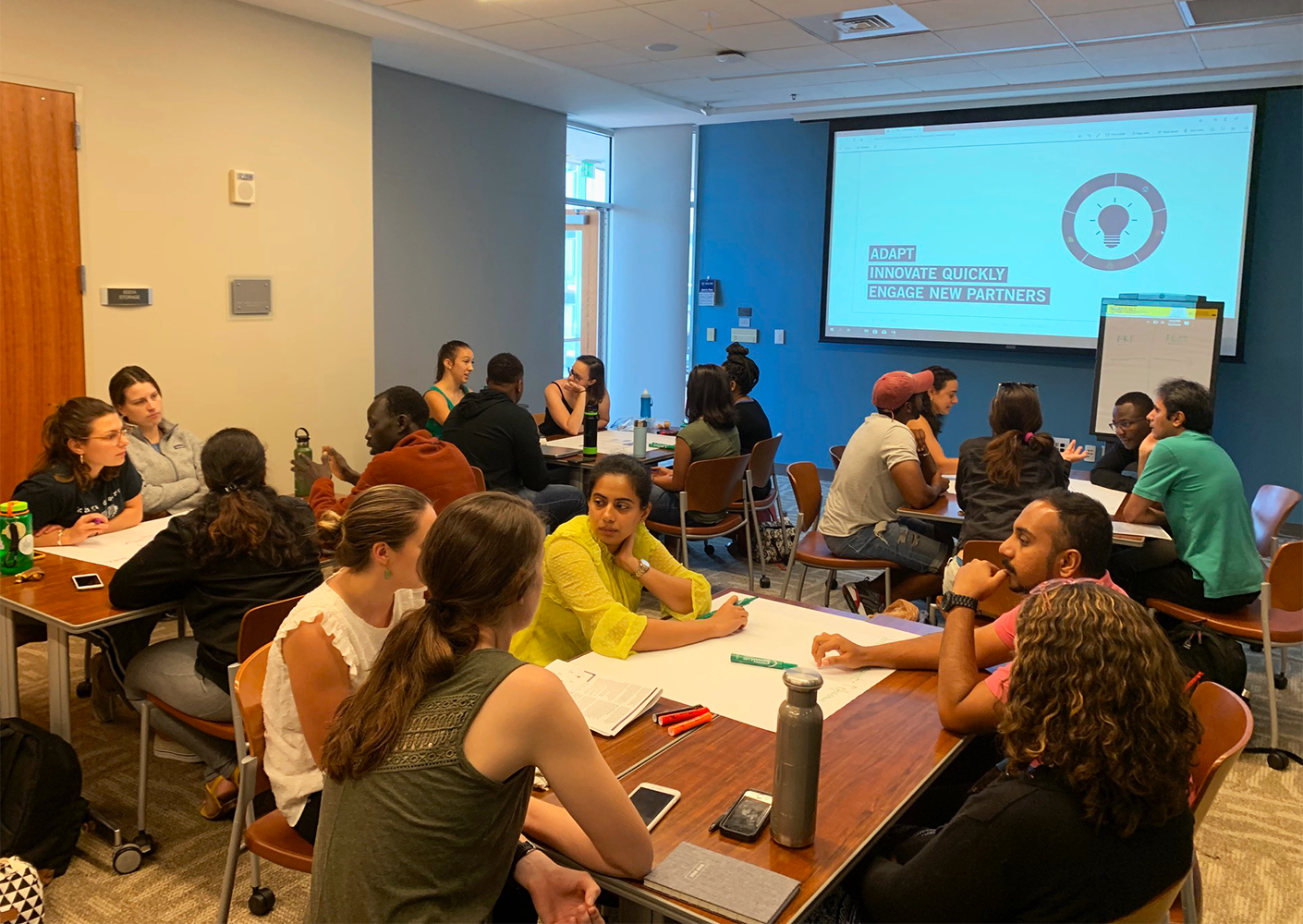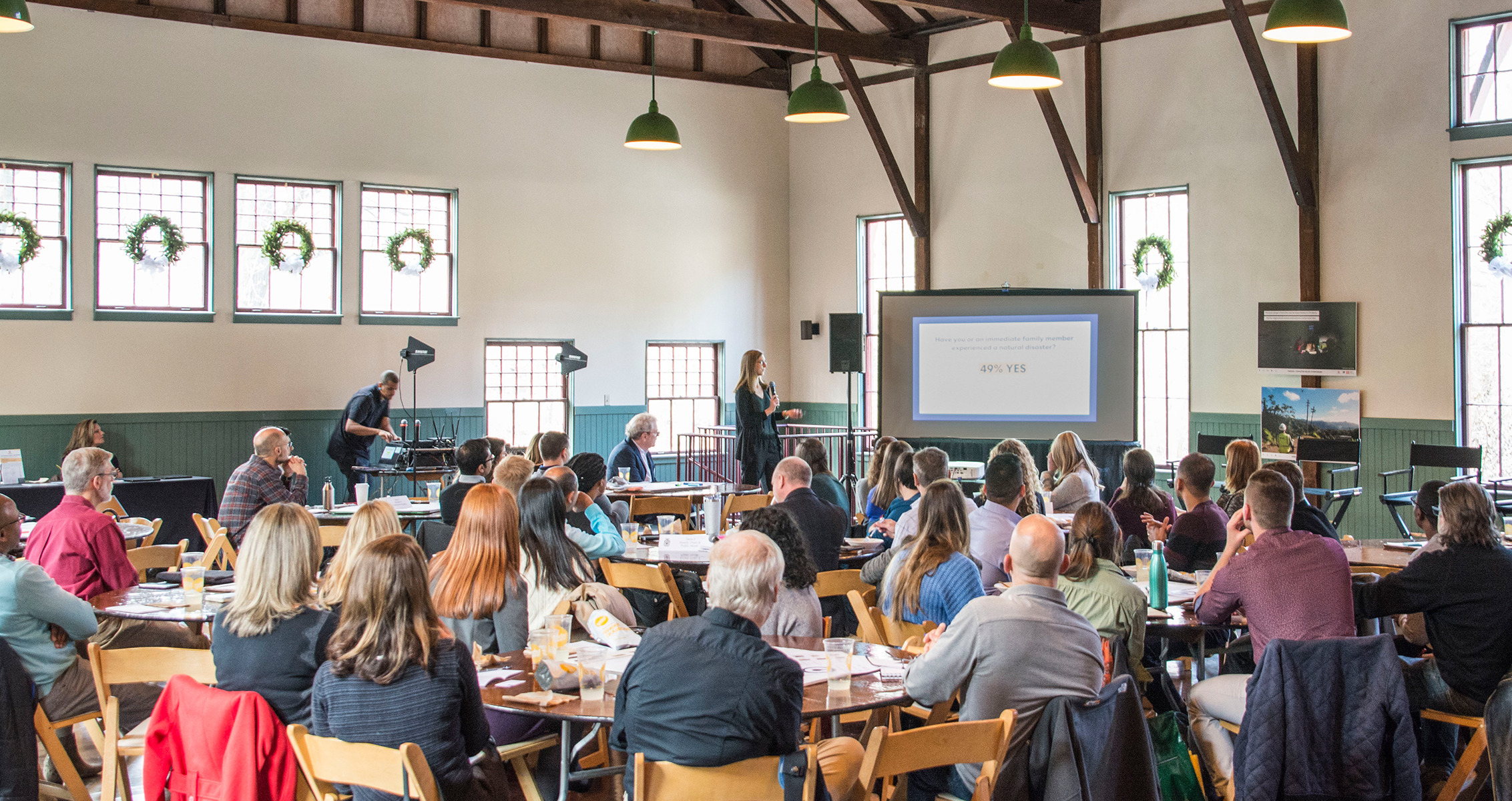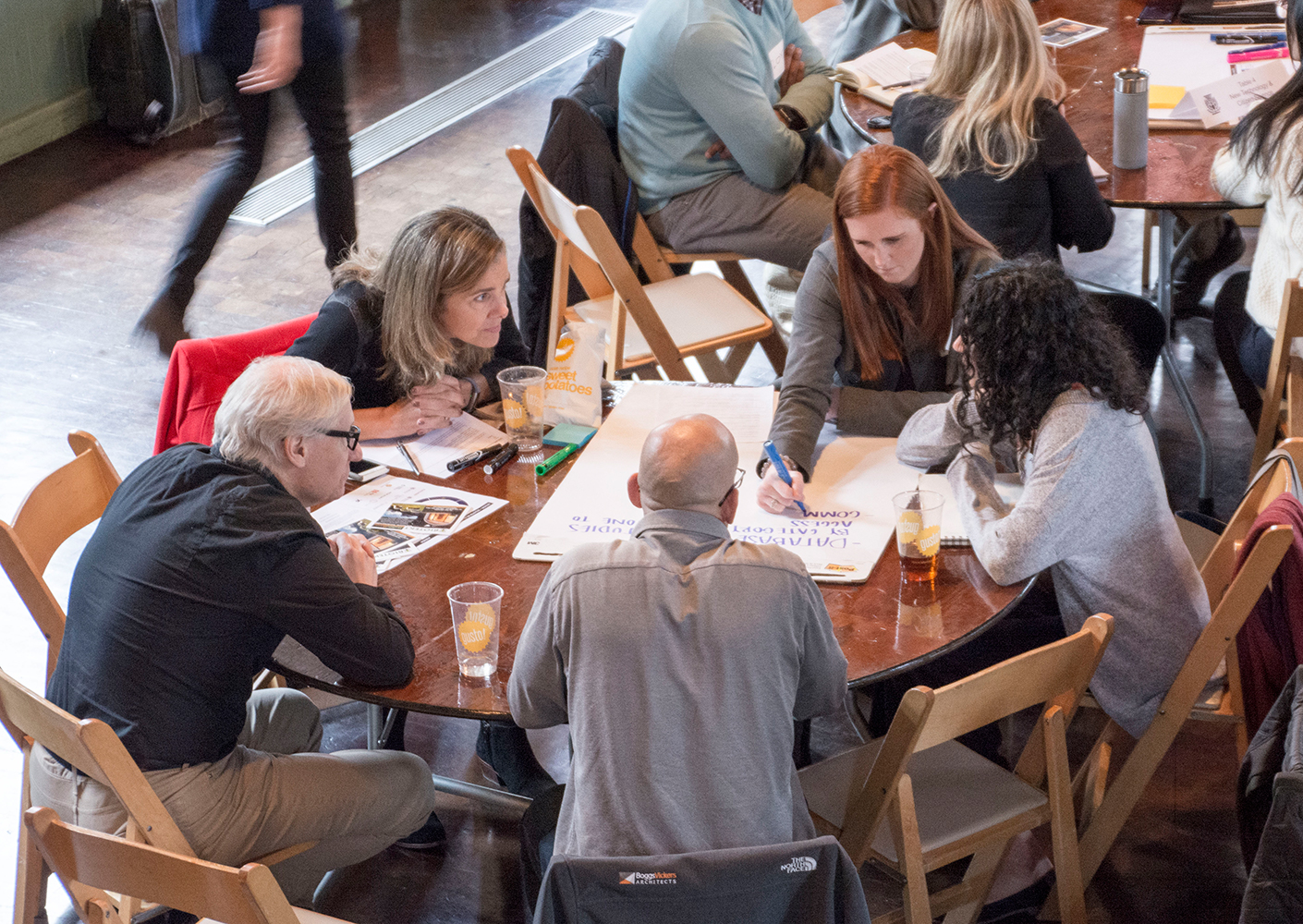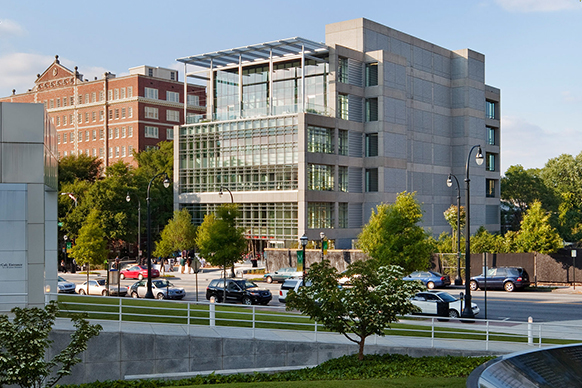The 2017 Hurricane Season resulted in more disaster survivors registering for assistance than the previous 10 years combined (2017 Hurricane Season FEMA After-Action Report, July 12, 2018). In addition to hurricanes Irma, Harvey, and Maria, the U.S. was battling the California wildfires. The impacts of natural disasters have been devastating and seem to be increasing in frequency and magnitude.
As a result of the mounting need for resources and answers, the Atlanta studio’s Dan Watch, Science and Technology Practice Leader, and Jennifer Ingram, Project Architect, teamed together to establish Perkins&Will’s Design and Disaster Response Working Group. To aid the team in the campaign, Lauren Neefe, the Atlanta studio’s resident writer, was called to help tell their story.
